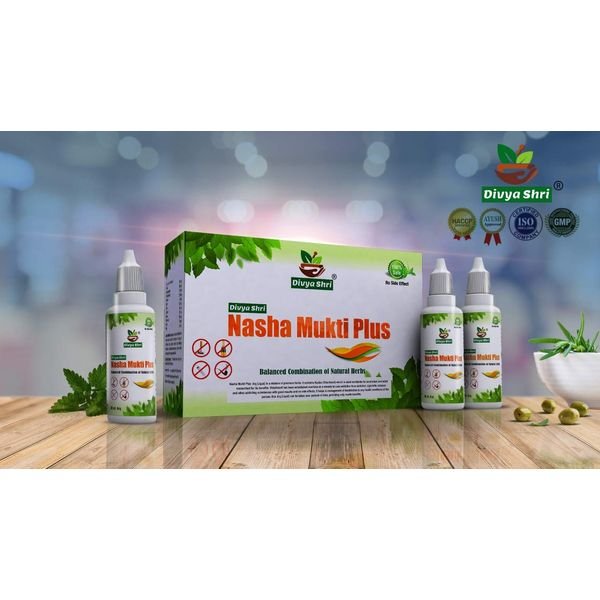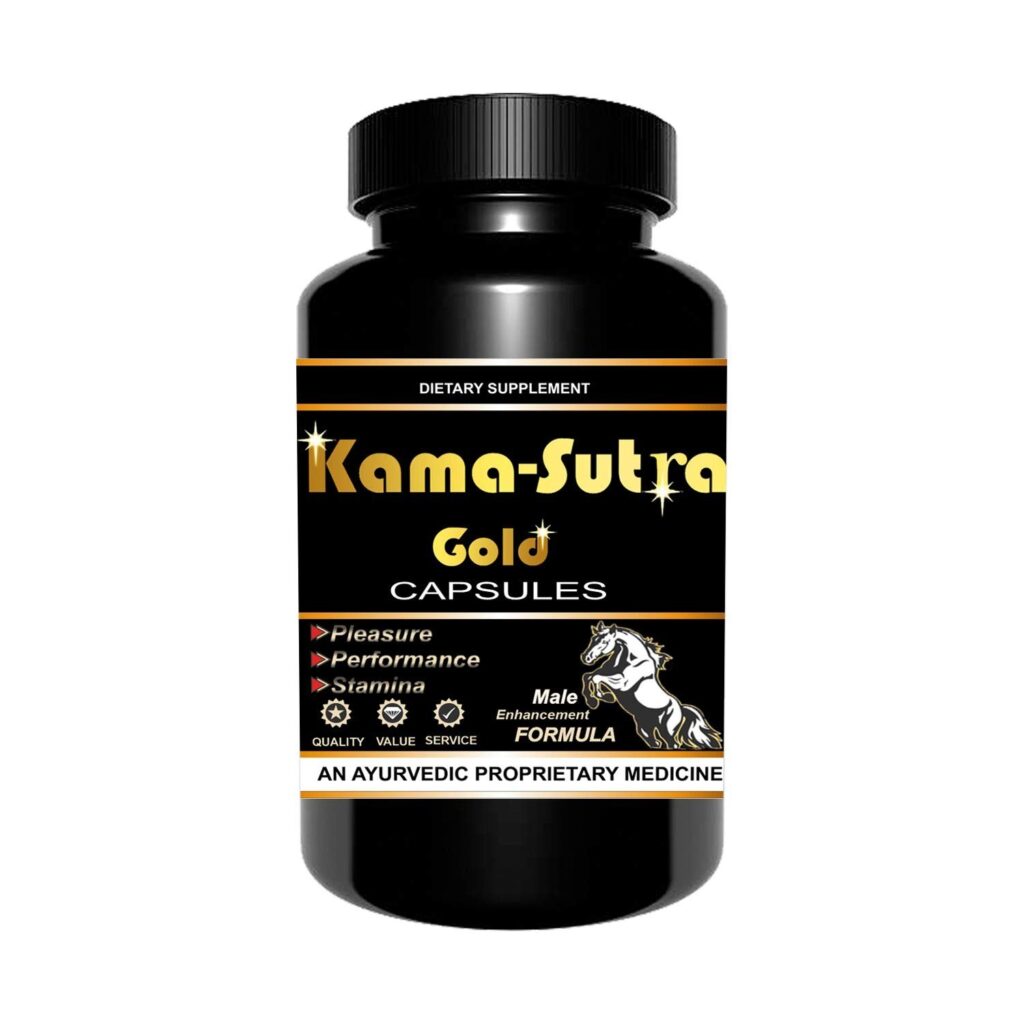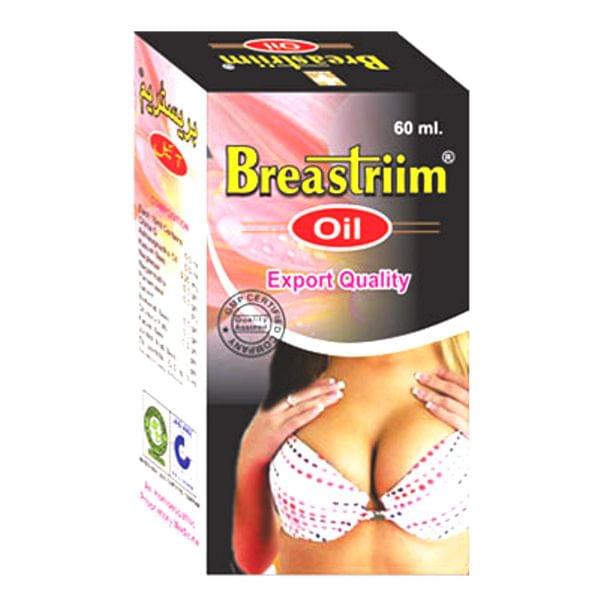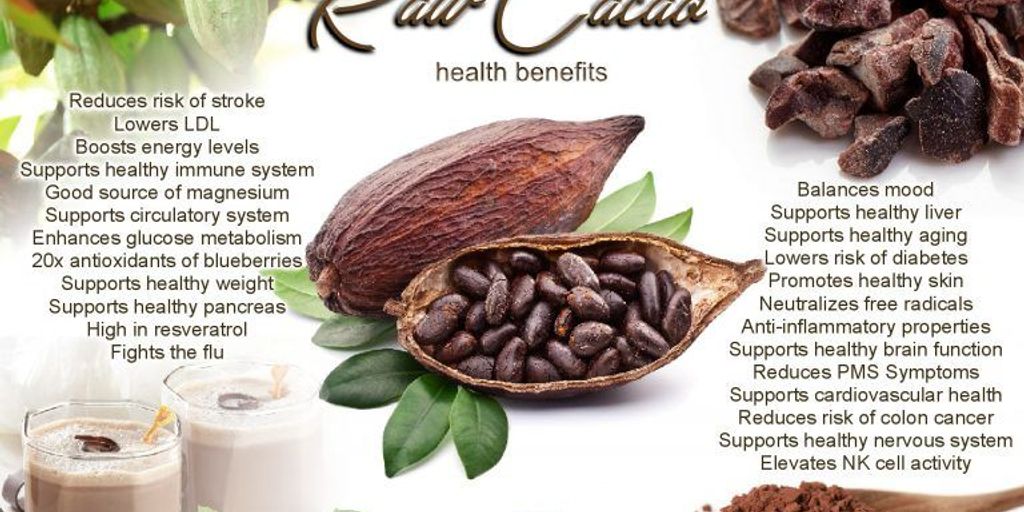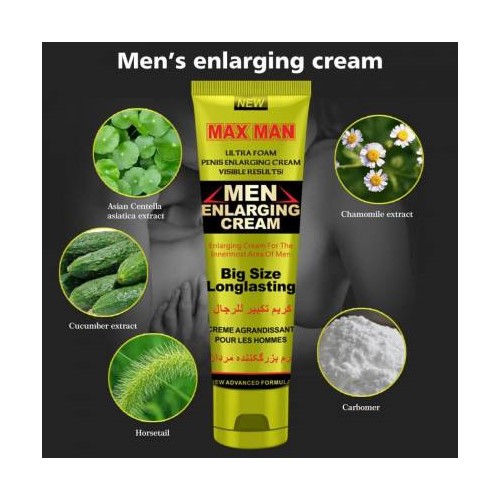Whey protein powder is a popular supplement among fitness enthusiasts for its numerous benefits and versatility. From aiding in muscle recovery to supporting lean muscle growth and improving performance, whey protein powder has become a staple in many athletes’ diets. In this article, we will explore the benefits of whey protein powder, how to choose the right one, and ways to incorporate it into your diet for maximum results.
Key Takeaways
- Whey protein powder aids in muscle recovery after intense workouts.
- It supports lean muscle growth and helps in achieving fitness goals.
- Choosing a whey protein powder with high-quality ingredients is essential for optimal results.
- Consider the protein content per serving when selecting the right whey protein powder for your needs.
- Experiment with different flavor options to find one that you enjoy and will consistently use in your diet.
The Benefits of Whey Protein Powder
Muscle Recovery
After an intense workout, your muscles are in a state of repair and recovery. Whey protein powder can significantly accelerate this process due to its high concentration of essential amino acids. These building blocks of protein are crucial for repairing muscle tissue and reducing soreness.
Whey protein is rapidly absorbed by the body, making it an ideal source of nutrients for post-exercise consumption. Here’s how whey protein supports muscle recovery:
- Provides a quick supply of amino acids to muscles
- Reduces muscle breakdown
- Enhances muscle repair and growth
Consistent intake of whey protein after training can lead to better recovery outcomes and prepare your muscles for the next workout session.
Lean Muscle Growth
Whey protein powder is a powerhouse for those looking to enhance their lean muscle growth. High-quality whey protein is rich in essential amino acids, which are the building blocks of muscle tissue. By providing these crucial nutrients, whey protein supports the body’s ability to repair and build muscle fibers after a workout.
- Whey protein is easily digestible, making it an ideal source of protein post-exercise.
- It stimulates muscle protein synthesis, which is vital for muscle growth.
- Regular consumption can lead to an increase in muscle mass and strength.
Whey protein is not just for bodybuilders; it’s beneficial for anyone looking to improve their muscle composition and overall health.
Choosing the right whey protein can make a significant difference in your fitness journey. It’s important to look for products that have a high biological value, which indicates how well the body can absorb and utilize the protein.
Improved Performance
Whey protein isn’t just about building muscle; it’s also about enhancing your performance in the gym. Regular intake of whey protein can lead to improved strength and endurance, allowing fitness enthusiasts to train harder and longer. This is partly due to whey’s ability to provide a quick source of protein to muscles during exercise, which is essential for maintaining energy levels.
Whey protein has been shown to be particularly effective when consumed pre-workout or during training sessions. It can act as a fuel that helps to delay fatigue, making it a valuable ally for those looking to push their limits.
- Pre-Workout: Consuming whey protein before exercise can prime your muscles for the session ahead.
- During Workout: Sipping on a whey protein shake can help sustain energy and performance.
- Post-Workout: A whey protein shake after training aids in recovery and prepares you for the next session.
Whey protein supplementation can be a game-changer for athletes and gym-goers striving for peak performance and optimal fitness results.
How to Choose the Right Whey Protein Powder
Quality of Ingredients
When selecting a whey protein powder, the quality of ingredients is paramount. High-quality ingredients ensure that you’re fueling your body with a pure product that’s free from unnecessary fillers or harmful additives. Look for powders that contain whey protein isolates, which are the purest form of whey protein and contain the highest percentage of protein by weight.
- Grass-Fed Whey: Sourced from cows that graze on grass, often free from hormones and antibiotics.
- Cold-Processed: Ensures that the protein is not denatured by heat and retains its nutritional value.
- Minimal Additives: The fewer the additives, the cleaner the protein.
It’s also worth considering products that are certified by third-party organizations, which can provide an additional layer of assurance regarding the quality and purity of the whey protein powder.
Protein Content
When selecting a whey protein powder, the protein content per serving is a critical factor to consider. This number, usually measured in grams, indicates how much protein you’re getting with each scoop, and can vary significantly between brands and types.
Whey concentrate and whey isolate are two common forms, with isolate typically having a higher protein content due to its more refined processing. Here’s a quick comparison:
| Whey Type | Protein Content per 30g Serving |
|---|---|
| Whey Concentrate | 15-20g |
| Whey Isolate | 20-25g |
It’s essential to align the protein content with your fitness goals. For muscle building, you might opt for a powder with a higher protein per serving, whereas for general health, a lower content may suffice.
Remember, while protein content is important, it’s not the only factor. Absorption rate, amino acid profile, and digestibility also play a role in the overall effectiveness of the protein powder in your diet.
Flavor Options
While the nutritional profile is paramount, the taste of whey protein powder is a significant factor for many. After all, if you’re going to be consuming it regularly, you’ll want to enjoy it. Flavor variety ensures that you can mix things up and avoid flavor fatigue, which is a common issue for fitness enthusiasts who consume protein shakes daily.
Flavor preferences are subjective, but most brands offer a range of options from classic vanilla and chocolate to more adventurous choices like salted caramel or mocha. Here’s a quick list of popular flavors based on consumer reviews:
- Vanilla
- Chocolate
- Strawberry
- Cookies & Cream
- Salted Caramel
Remember, the best flavor is the one that you look forward to drinking. It should complement your diet and not feel like a chore.
When considering flavor, also think about how it will blend with other ingredients. A versatile flavor like vanilla can be a great base for smoothies with fruits, nuts, and other add-ins, while a richer flavor like chocolate might be best enjoyed on its own or with simple mix-ins like peanut butter.
Incorporating Whey Protein Powder into Your Diet
Post-Workout Shakes
One of the most popular ways to consume whey protein powder is through post-workout shakes. These shakes are not only convenient but also play a crucial role in muscle recovery. After an intense workout session, your muscles are in dire need of nutrients to kickstart the repair process. Consuming a protein shake after your workout can help provide these essential nutrients.
The ideal time to have a protein shake is within 30 minutes of completing your exercise. This period is often referred to as the ‘anabolic window’ where the body is most receptive to nutrient absorption.
Here’s a simple guide to making the perfect post-workout shake:
- Start with a liquid base such as water, milk, or a milk alternative.
- Add one scoop of your preferred whey protein powder.
- Include a source of carbohydrates like a banana or oats to replenish energy stores.
- Consider adding healthy fats such as peanut butter or avocado for added nutrition.
- Blend until smooth and enjoy immediately for best results.
Protein-Packed Recipes
Incorporating whey protein powder into your daily meals goes beyond the shaker bottle. Creative protein-packed recipes can transform your diet, making it both nutritious and delicious. From fluffy protein pancakes for breakfast to a savory muscle-building meatloaf for dinner, the versatility of whey protein is unmatched.
Whey protein can be seamlessly added to a variety of recipes without altering the taste. Here’s a simple list to get you started:
- Protein-enhanced oatmeal
- High-protein smoothies
- Muscle-fueling protein bars
Remember, the goal is to enhance your meals with protein, not to overwhelm them. Balance is key to a sustainable, protein-rich diet.
When exploring these recipes, consider the nutritional content of your whey protein powder. For instance, Endura Mass Powder is not only a source of protein but also provides carbohydrates, vitamins, and minerals, supporting not just muscle growth but overall well-being.
Meal Replacement Options
While whey protein powder is not a complete meal replacement, it can be an effective component in a pinch. For those with hectic schedules, a whey protein shake can serve as a convenient and quick meal option. However, it’s important to ensure that you’re still getting a balanced intake of nutrients throughout the day.
Whey protein powder can be combined with other ingredients to create a more balanced shake. Consider adding fruits, vegetables, nuts, seeds, or a small amount of healthy fats to increase the nutritional value. Here’s a simple recipe to get you started:
- 1 scoop of whey protein powder
- 1 banana
- A handful of spinach
- 1 tablespoon of almond butter
- 8 ounces of almond milk
Blend all ingredients until smooth, and you have a nutritious meal replacement that can help tide you over until your next meal.
Remember, while whey protein shakes can be a convenient meal substitute, they should not replace whole foods entirely. Aim to have a variety of foods in your diet to ensure you’re getting all the necessary vitamins and minerals.
Conclusion
In conclusion, whey protein powder is a valuable supplement for fitness enthusiasts looking to enhance their muscle growth and recovery. Its high protein content, fast absorption rate, and amino acid profile make it an ideal choice for post-workout nutrition. Incorporating whey protein powder into your fitness routine can help you achieve your fitness goals more effectively. So, make whey protein powder your best friend on your fitness journey and see the results for yourself!
Frequently Asked Questions
Is whey protein powder suitable for vegetarians?
Yes, whey protein powder is derived from milk and is suitable for vegetarians. However, vegans may prefer plant-based protein powders.
Can whey protein powder help with weight loss?
Whey protein powder can aid in weight loss by promoting satiety and preserving lean muscle mass, but it is not a magic solution. It should be combined with a balanced diet and regular exercise for best results.
Is it safe to consume whey protein powder every day?
For most people, consuming whey protein powder daily in moderation is safe. However, individuals with existing kidney or liver conditions should consult a healthcare professional before adding it to their daily routine.
Can I mix whey protein powder with water or milk?
Yes, whey protein powder can be mixed with water, milk, or other beverages of your choice. Experiment with different liquids to find what suits your taste preferences.
Should I take whey protein powder before or after a workout?
Both timing options can be effective. Consuming whey protein powder before a workout can provide a source of energy, while taking it after a workout can support muscle recovery and growth.
Are there any side effects of consuming whey protein powder?
In general, whey protein powder is safe for most people when consumed in recommended amounts. However, some individuals may experience digestive issues such as bloating or gas. It’s important to listen to your body and adjust your intake accordingly.



